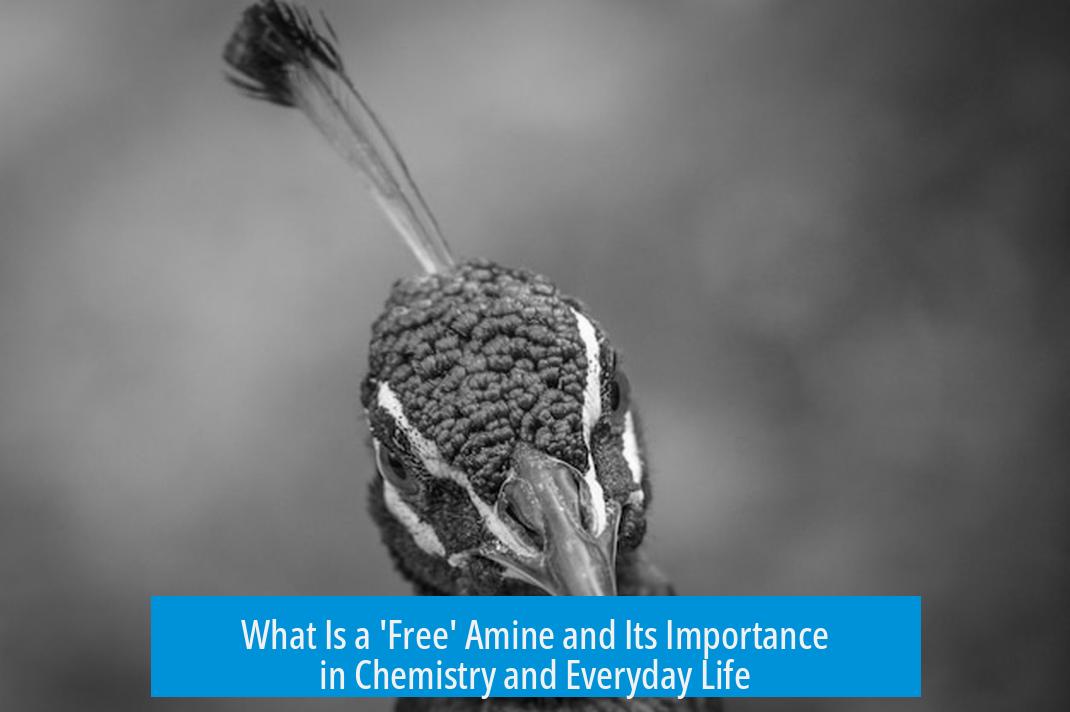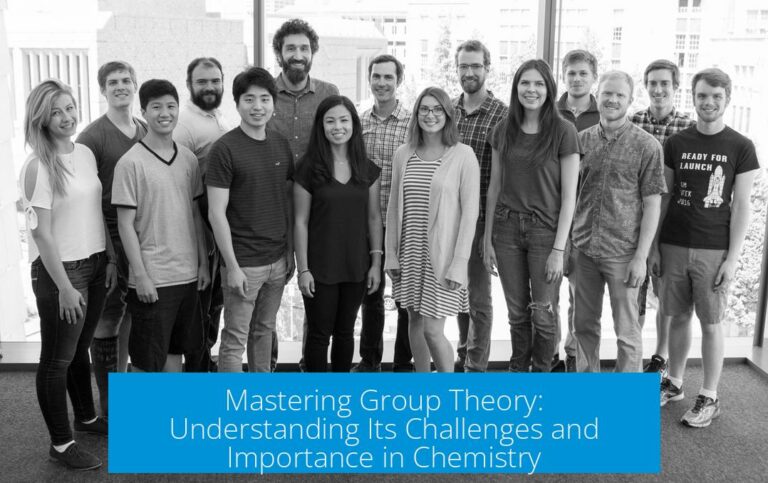What Is a ‘Free’ Amine?

A ‘free’ amine refers to an amine compound in its basic, non-ionic form, not bound as an amine salt like hydrochloride or hydrosulfate. It is simply the amine without the protonated acid component, which gives it distinct chemical properties.
Definition and Chemistry

Amines often exist as salts, especially in pharmaceutical or chemical contexts, due to their basic nitrogen atom reacting with acids. When the acidic portion is removed, the resulting compound is called a free amine or free base. This form is characterized by the presence of a nitrogen atom with a lone pair, not involved in ionic bonding.
Free amines are typically more volatile and less polar than their salt counterparts. This change in polarity and ionic state alters solubility and physical behavior, including enhanced volatility.

Example: Cocaine Freebasing
The concept of a free amine is notable in cocaine chemistry. Cocaine hydrochloride, the common salt form, is non-volatile and not smokeable. Freebasing cocaine involves removing the hydrochloride proton, yielding the free amine form. This form vaporizes more easily and is absorbed quickly through mucous membranes and lungs due to its non-ionic state.

Types of Amines and Their Forms
- Primary amines (Free amines): Contain one alkyl or aryl group attached to -NH2.
- Secondary & tertiary amines: Feature two (NHR) or three (NR2) alkyl groups attached to nitrogen, often less reactive.
- Quaternary ammoniums: Carry four substituents on the nitrogen and a permanent positive charge, existing as salts.
Primary amines are often the free amine form in studies due to their chemical reactivity and detection ease.

Detection of Primary Amines
Specific reagents like TNBSA (2,4,6-Trinitrobenzene Sulfonic Acid) selectively detect primary amine groups. This is particularly helpful in amino acid analysis, identifying residues such as lysine and arginine that possess free primary amines.

Summary
- A free amine is an amine not protonated as a salt, existing in a basic form.
- Free amines are more volatile and less polar than their salt forms.
- Cocaine freebasing works by converting cocaine salt to its free base form for inhalation.
- Primary amines commonly exist as free amines, whereas quaternary ammoniums are always ionic.
- Detection of free amines uses specific reagents targeting primary amine groups in molecules.
What is a ‘Free’ Amine? Unlocking the Chemistry Behind the Mystery

Ever stumbled on the term ‘free amine’ and wondered what all the fuss is about? Is it some secret recipe? A fancy chemical? Or just a random jargon tossed around by chemists? Let’s cut through the noise and get to the core of what a free amine really is.
In the simplest terms, a free amine is just that — an amine that isn’t tied up as a salt. Picture amines as chameleons; they can exist in different forms, but when they’re “free,” they’re just plain old amines, not withering under the grip of hydrochloride, hydrosulfate, or any other salt form. The “free” indicates the molecule is in its basic, non-ionic state.
Why Should You Care if an Amine is ‘Free’ or Salt?
This detail isn’t just trivial chemistry geekery. The form an amine takes affects its behavior dramatically. For instance, when it’s locked as a salt—think of amines mingled with acids like hydrochloric acid—they’re ionic, meaning they’re charged and behave differently in solvents and biological systems. Take that salt form away, and voilà, you get a free amine. This free state means it’s neutral, more volatile, and often more reactive.
Wondering how this plays out in real life? Consider freebasing cocaine. Users remove the hydrochloride part of cocaine (its salt form) to get the “free base” cocaine. Why? Because the free amine is more volatile—it vaporizes easily and can be inhaled via smoke. The salty hydrochloride version doesn’t do that. This change fundamentally alters how the compound is absorbed in the body’s mucosa and lungs, speeding up its effects. There’s your chemistry popping up in everyday (well, if you consider that everyday!) situations.
The Chemistry Behind Free Amines: Primary, Secondary, Tertiary, and Quaternary
Amines aren’t some one-trick pony. They come in flavors: primary, secondary, tertiary, and quaternary. The distinction lies in how the nitrogen atom hangs out with other groups:
- Primary amines (-NH2): The nitrogen is attached to just one organic group and two hydrogens. These are your classic free amines.
- Secondary amines (-NHR): Nitrogen bonds to two organic groups and one hydrogen.
- Tertiary amines (-NR2): Nitrogen is connected to three organic groups and no hydrogens.
- Quaternary ammoniums (-NR3+): Positively charged nitrogen linked to four organic groups, always ionic, never “free.”
So when chemists mention “free amine,” they often mean the primary amine in its non-ionic state. The complex stuff like quaternary ammoniums are always charged and thus never free bases.
Spotting Free Amines: The TNBSA Test
What if you want to know if a protein has free amines? Biochemists use clever tricks like TNBSA—short for trinitrobenzene sulfonic acid—as a detective. This reagent only hangs out with primary amines and reacts with them, making it easier to spot certain amino acid residues like lysine and arginine. This test tells you if primary free amines are present on a molecule or protein.
Practical Tips and Real-Life Examples
If you ever toy around with chemistry or even read about pharmaceuticals, knowing the distinction between free amines and their salts helps in understanding drug formulations. Many medications are delivered as amine salts because the salt increases solubility in water. But once inside your body, these salts can dissociate, freeing the amine to perform its function.
Let’s say you’re a chemistry enthusiast interested in synthesizing your own compounds. Keeping amines “free” or converting them to salts is vital depending on your goal. Free amines are easier to manipulate in organic reactions because they’re less polar and more reactive in their base form. Meanwhile, their salts are handy for storage and transport because they’re more stable and less volatile.
Why Does This Matter Outside the Lab?
Imagine buying a spray deodorant. The active ingredient often contains amines in salt form to stay liquid and stable. If you had the free amine version, it might evaporate or degrade quickly. On the other hand, some illicit substances gain their potency or a different mode of intake once converted to their free base form, as we saw with cocaine.
Even in biological systems, free amines play key roles in protein structure and signaling. They act as nucleophiles—happy to grab onto acids or other molecules—and influence how proteins fold and function.
Wrapping It Up: Why Is The “Free” Part So Free-ing?
A ‘free’ amine is simply the amine molecule unbound from its salt form, existing as a neutral, more volatile compound. This trait alters how it behaves chemically and biologically. Understanding this free vs. salt form difference can clarify drug design, chemical synthesis, and even help demystify some everyday chemistry references pop culture throws at us.
Knowing your amines, free or otherwise, empowers you to unlock better understanding across chemistry, biology, and pharmacology. So next time you see “free amine,” you can nod knowingly and maybe impress someone at your next science trivia night.
What does “free amine” mean chemically?
A free amine is an amine not bound to an acid as a salt. It exists as a neutral molecule, not ionic. This form is called the free base form.
Why is the free amine form important in chemistry?
Free amines are more volatile. Without ionic bonds, they evaporate easier and enter the air or smoke. This affects how they behave in reactions or how they are absorbed by tissues.
How does “free amine” relate to cocaine freebasing?
Freebasing removes the acid from cocaine hydrochloride. This leaves cocaine as a free amine, making it volatile enough to be smoked and absorbed quickly.
What types of amines are considered “free amines”?
Primary amines (-NH2) are often free amines. Secondary and tertiary amines can also be free bases unless they form salts. Quaternary ammoniums are always ionic, not free amines.
How are free primary amines detected?
Specific chemicals like TNBSA react with primary amine groups. This helps detect primary free amines in molecules like amino acids, including lysine and arginine.





Leave a Comment